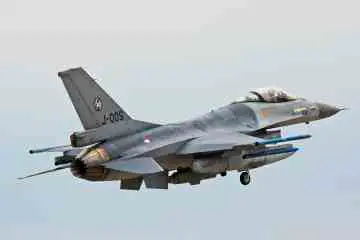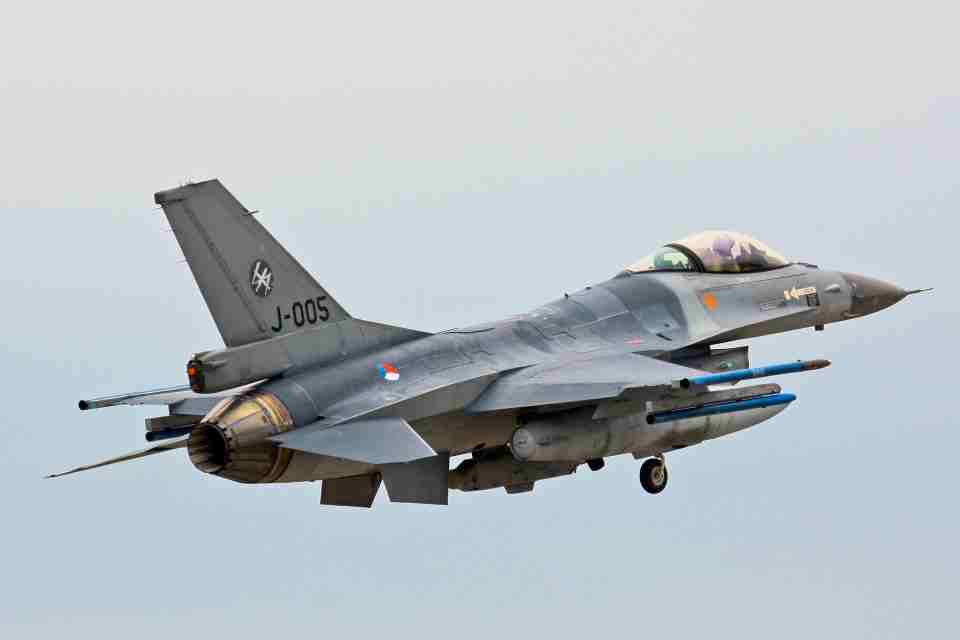- You are here:
- Home »
- Blog »
- Dive Deeper »
- How Hook Breathing For Freediving Can Save Your Life
How Hook Breathing For Freediving Can Save Your Life


Hook breathing uses fighter pilot military tactics to boost freediving performance.
Hook breathing is one of the many weapons freedivers use to battle against surface water blackouts and other deadly effects of oxygen deprivation.
As a breath-hold freediver, you’re in a constant race against time and depleting oxygen levels. Run out of oxygen too soon and you might lose consciousness in the water and drown.
So what exactly is hook breathing for freediving? And how can hook breathing help you cheat surface water blackouts and potentially save your life?
Hook breathing is a particular recovery-breathing technique freedivers use when resurfacing after dives. Hook breathing rapidly shuttles more oxygen into your bloodstream than regular breathing and also boosts lung air pressure & blood pressure. For these reasons, hook breathing can be incredibly effective at preventing surface water blackouts.
Hook breathing for freediving: A closer look
The history and eventual development of hook breathing can be traced back to the times of World War 2.
During the war, fighter pilots would often fly incredibly high and in very harsh conditions. Much of the time – particularly during conflict – the pilots would make swift turns at high altitudes and incur a lot of G-Force.
The excessive G-Force would cause the blood in fighter pilots’ brains to drain away, resulting in them passing out and crashing.
To counteract this, the military made a breathing technique called the ‘Anti-G-Straining-Manoeuvre’.
This particular manoeuvre taught pilots how to breathe in air when under the pressure of high G-Force, so they could direct more oxygen to their brains to stop themselves passing out.
Freedivers, being the innovative bunch they are, have tweaked the G-Straining Manoeuvre, to make the ‘Hook Breathing Manoeuvre’.

Hook breathing is an adaptation from the military’s ‘Anti G-Straining Manoeuvre’
How does hook breathing work?
Unlike lung packing; hook breathing is done after resurfacing from a dive. (not before diving!)
The concept behind hook breathing is simple: when you resurface from a breath-hold dive, you partially exhale some of the air out of your lungs. Then, you inhale air as you normally would, but make sure to hold it in your lungs while exerting force downward using your diaphragm, abdominals and other muscles. This exertion of force dramatically boosts the air pressure in your lungs.
The boosted air pressure then pushes oxygen into your bloodstream and floods your brain with fresh oxygen at a faster rate than normal recovery breathing would. This rapid rush of oxygen to your brain stops you losing consciousness and combats surface water blackout.
Hook breathing can be drastically boosted if you use Air Restriction Devices (ARDs) when training for deeper freediving. Not only do ARDs boost breath-holding ability; they also train your breathing muscles to help with more powerful hook breathing. To read my post on ARDs, click here.
How to do hook breathing for freediving
- As soon as you resurface, exhale between 35% – 50% of the air in your lungs. You’ll have to experiment what feels best for you.
- Inhale air into the top portion of your lungs. When you inhale, you should be making a noise that sounds roughly like “HOO”.
- Hold your breath. You should hold your breath for 1 – 2 seconds while following step 4 below.
- Put pressure on your lungs. While holding your breath exert slight force onto your lungs (the feeling is similar as if you’re on the toilet and constipated!). To do this you should be using your abdomen, ribs and diaphragm for about 1 to 2 seconds. The noise you’ll make should be a sudden ‘K’ sound. (Together the ‘HOO’ from step 2 and the ‘K’ from step 4, make “HOOK”, hence the name ‘HOOK’ breathing).
- Exhale. After 1 – 2 seconds, exhale the air out your lungs.
- Do 2 more hook breaths. Repeat steps 2 – 5.
- Resume normal breathing pace. Try not to hyperventilate. Instead, breathe at a normal, natural pace.
- Signal Surface Protocol. Make sure to do this within the first 15 seconds of resurfacing.
- Rest. Rest on your freediving buoy and time your surface interval carefully.
Warning: Make sure you’re using a RUBBER weight belt, or you could seriously drain your body of oxygen before you even start your dive – I’ve written a post explaining why rubber weight belts are needed for freediving here.
How often should you do hook breathing when freediving?
Assuming you’ve learnt the basics and know how to hook breathe safely…
You should really be doing it after every single dive – now matter how deep or shallow you go. Why? Because you want to ingrain hook breathing into your muscle memory.
It’s important to make hook breathing a habit so that when you dive very deep and resurface confused and in an oxygen depleted-daze while struggling to stay conscious…
Your subconscious and muscle memory will trigger your body to automatically start hook breathing. This will stop you blacking out after deep dives and potentially even save your life – without you even having to consciously think about it.
Why normal recovery breathing is trumped by hook breathing
When most people resurface after a breath-hold dive; they exhale all the air in their lungs and then gasp as much oxygen in as possible. This is meant to refuel the blood in your brain with fresh oxygen, to stop you from blacking out.
But unfortunately, this can actually be dangerous and skyrocket your chances of blacking out.
Why? Two reasons:
-
- Exhaling all the air in your lungs decreases blood pressure in your brain.
Rapidly exhaling after a breath-hold dive causes the pressure in your lungs to drop dramatically. When air pressure in your lungs drops quickly, blood rushes from your brain to your lungs. If your brain is suddenly starved of blood, it will shut down and you will lose consciousness. Exhaling too much air after resurfacing is one of the main reasons freedivers suffer from surface water blackout.
- Exhaling all the air in your lungs decreases blood pressure in your brain.
But when you do hook breathing: you exhale only a small amount of air before inhaling. This stabilizes the air in your lungs, so your brain doesn’t experience a rapid drop in blood and oxygen. And when your brain isn’t robbed of all it’s remaining oxygen, you tend to stay conscious.
-
- Regular breathing results in oxygen taking too long to reach your brain.
When you resurface from a dive and inhale, it takes about 10 – 20 seconds for oxygen to reach your brain. During this time, your brain is almost completely starved of oxygen. It is within this 20 second gap that you’re most likely to pass out. To stave off surface water blackouts, you need a faster way to get oxygen to your brain when resurfacing.
- Regular breathing results in oxygen taking too long to reach your brain.
But when you do hook breathing: you inhale air and exert force on your lungs using your abs, rib cage and diaphragm. This boosts the air pressure in your lungs forcing oxygen to rush through your alveoli (tiny air sacs in your lungs) and into your bloodstream. You also boost your blood pressure and flood your brain with rich oxygen. Now, instead of your brain needing to wait 20 seconds to be oxygenated, that time is drastically cut down, so you don’t pass out.
Risks of hook breathing
Hook breathing does come with some risks when not applied correctly. If you’re going to use this breathing method, as always, make sure you have a diving buddy. Also, if possible try to get a mentor or professional to help you learn it.
The biggest risk of hook breathing comes from holding or forcing your breath ‘down’ for too long, and subsequently passing out. It’s estimated you can do this for about 5 seconds after a breath-hold dive, before you risk blacking out. For this reason, it’s best to only hold each hook breath for 1 – 2 seconds and then exhaling.
Hook breathing vs recovery breathing: what’s the difference?
Some freedivers split recovery breathing and hook breathing into two different techniques. Here’s how they can sometimes differ:
Recovery breathing: Is a more general term describing the breathing pattern you use after resurfacing from any breath-hold dive. The main point of recovery breathing is to implant normal, natural breathing techniques into your muscle memory to serve you when you’re under the confused haze of oxygen deprivation. Recovery breathing in this case does not involve forcefully pressing down after inhaling.
Hook breathing: Is everything that recovery breathing is (as described above). But, where hook breathing differs, is that you also have to hold your breath and exert force using your diaphragm and abs. Hook breathing carries with it the extra benefit of boosting blood pressure and bringing oxygen to your brain faster than traditional recovery breathing.
How should your breathing resume after hook breathing?
After you’ve done your 3 hook breaths for 1 to 2 seconds each; you should return to your normal breathing pace.
Your normal breathing pace is the style of breathing that is natural to you. You should feel calm and relaxed. Do not hyperventilate – just focus on staying relaxed and have faith you will recover.
About the Author Gerrie van Niekerk - Apnealogy
Gerrie is a passionate Freediver, Spearfisher, Digital Marketer, and author for the Apnealogy website. Gerrie is an SSI Level 1 certified Freediver who loves geeking out about freediving and spearfishing gear and lives for his family and adventure.


